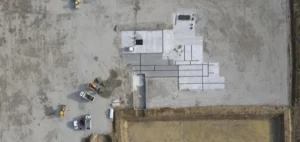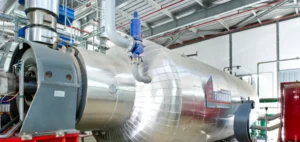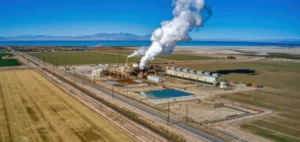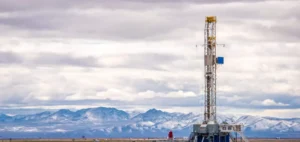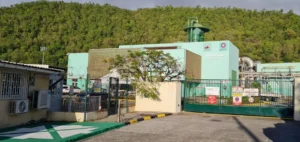Geothermal infrastructure could surpass solar and wind in job creation, if the right policies are put in place. According to Bryant Jones, Executive Director of Geothermal Rising, geothermal development generates 34 jobs per megawatt installed, compared with just 19 for wind and 12 for solar. This represents a significant opportunity to reuse the existing workforce in the oil and gas sector for positions such as reservoir managers and drilling operators.
Unique benefits of geothermal energy
Geothermal energy uses simple materials like concrete and steel, without relying on critical imported minerals. Bryant Jones also highlights geothermal’s high capacity factor, outperforming other energy technologies, including nuclear, in terms of efficient and consistent production.
Technology and environmental transfer
Existing oil and gas technologies can be adapted to geothermal applications. This technology transfer promises easier, less costly integration. What’s more, extracting lithium for electric vehicle batteries from geothermal sources, such as the Salton Sea in the USA, offers environmental advantages over conventional methods.
Geothermal energy challenges and myths
Despite its advantages, geothermal energy faces a number of preconceived ideas that limit its expansion. Myths include the belief that geothermal energy is only viable in warm regions, or that the technology is too new or complex for wider adoption.
To increase the share of geothermal energy in the energy mix, it is essential that governments remove regulatory barriers and offer tax incentives. Actors like Bryant Jones and Anine Pedersen from Geothermal Rising are calling for greater recognition and political support for this technology.



